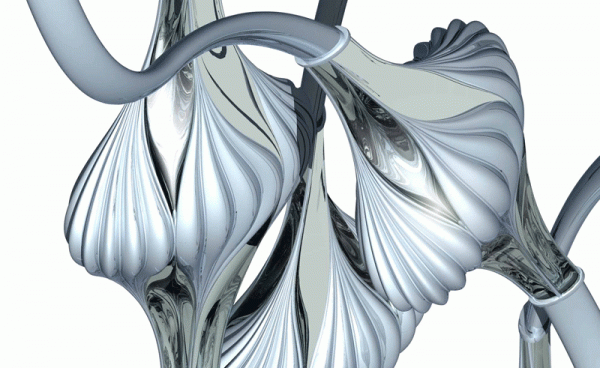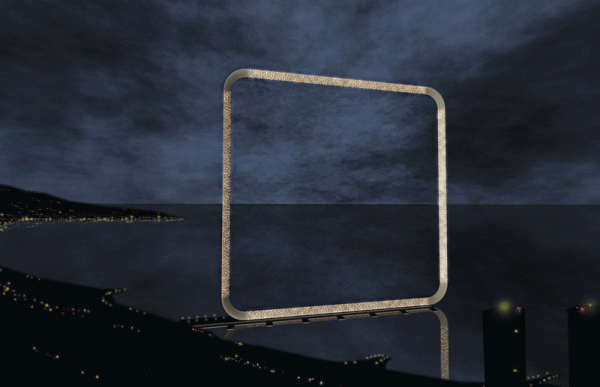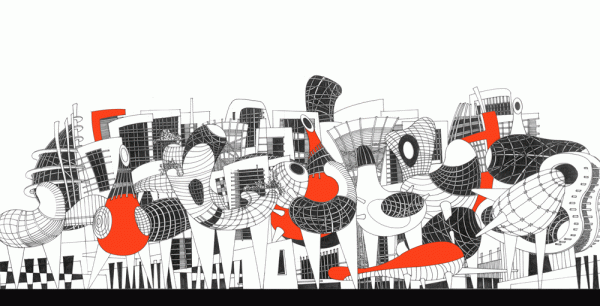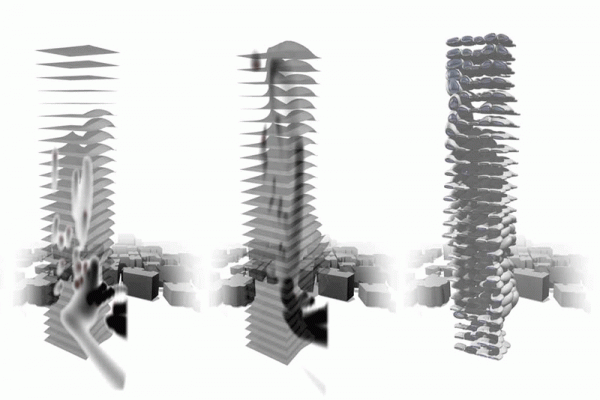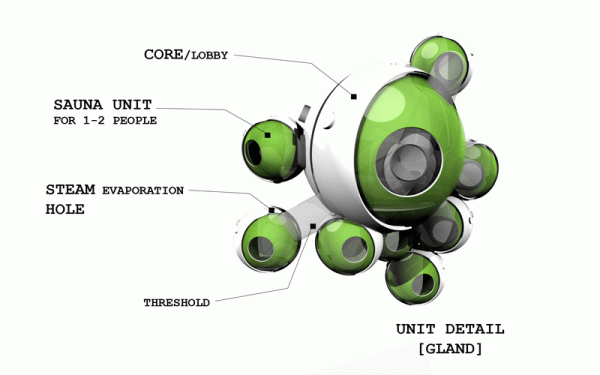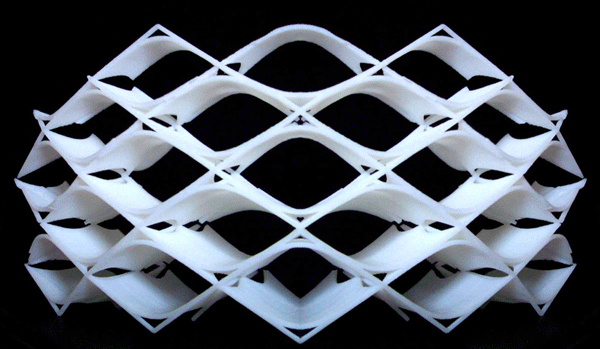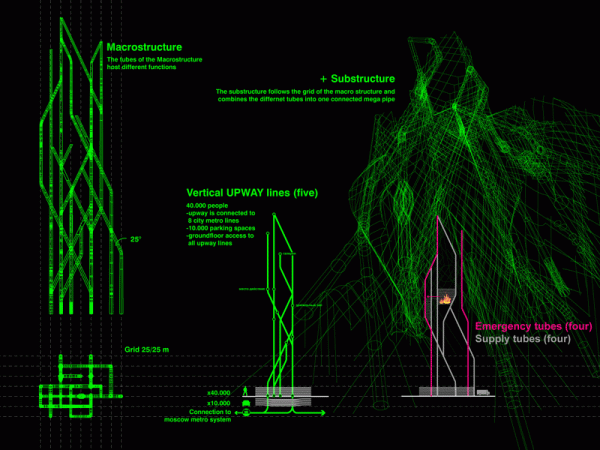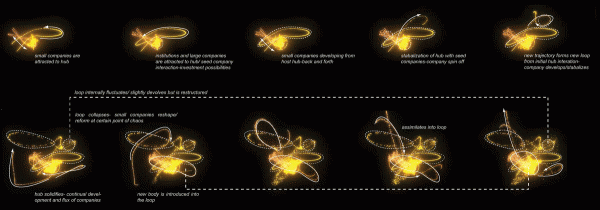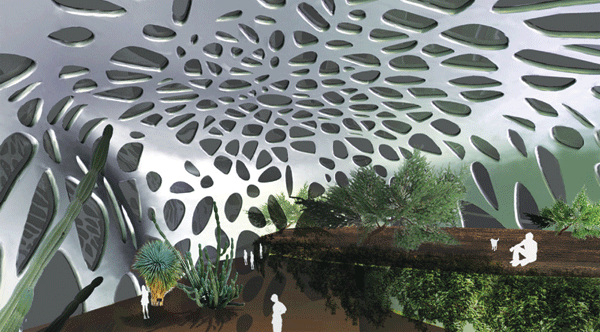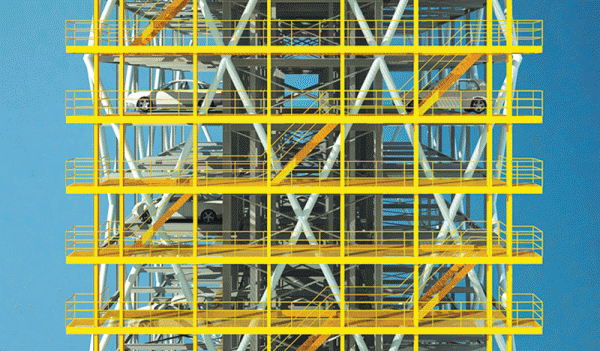3rd Place
2006 Skyscraper Competition
Neri Oxman, Mitchell Joachim
United States
Peristalsis: The rippling motion of muscles in tubular organs characterized by the alternate contraction and relaxation of the muscles that propel the contents onward.
The core of the skyscraper, its structural and circulatory conventions, as a central obstacle to tall building design is well known. Should the elevator, of all things, persist as the non-negotiable limit of our vertical habitats? The limit is vexing, for not only does it determine compositional forms but, more significantly, the arrangement of social practices with regards to both our labor and leisure. Elevators stifle more than facilitate our movement by virtue of their rigid planes and fleeting occupations. That is to say, the vast space which the elevator shaft occupies is, temporally speaking, useless. But suppose we involved ourselves with a different interpretation of that inactive, rigid, and sequestered domain which much of this central shaft represents. It would demand a vital shift, or at least a conceptual reworking, towards an active utilization of such space. Read the rest of this entry »
